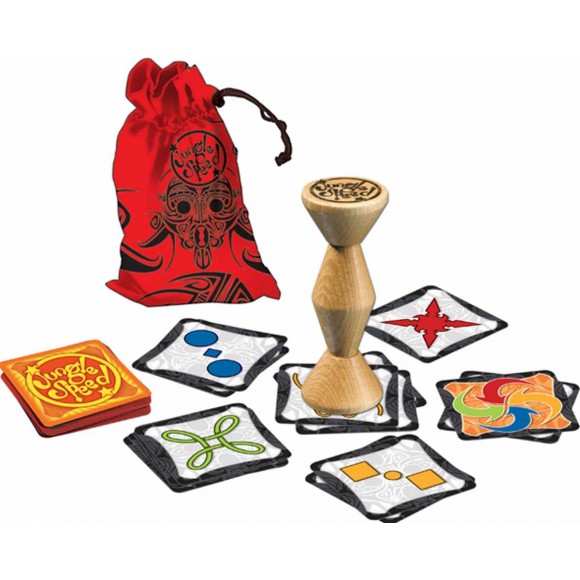| Duration: 20 – 40 min Number of players: 6 -14 player/s Materials/ Tools needed: Card set “Workstations toolbox” Publisher: RSVP Design LTD Language: EN Links: https://rsvpdesign.co.uk/workstations.html |
Short description
Workstations is a popular and challenging team problem solving game with powerful messages about managing team communication – teams are unable to write any information down, so need a process to manage and categorise individual contributions and shared understanding. All communication is verbal; strategic thinking skills are essential.
Educational value/ Learning Objectives
This is a perfect early team exercise or ice-breaker to establish how a team works together and ideal for groups not previously experienced in working together. Click on the Webinar video on the right to view the use of Workstations as an ice-breaker.It also requires critical thinking – simply sharing the information will not uncover the answers, rather the information contained on each information card must be combined, and then used to deduce the answers to the two questions posed. This allows the group to be involved in a significant team-problem solving activity, and quickly mirror problems that real-life teams face in the workplace.
Recommendations for use
- Using Workstations to develop skills in logical and critical thinking and in the presentation of a structured argument.
- Workstations is a very flexible, small team activity that can be used to achieve multiple learning objectives, as outlined in the support notes that are included in the pack. It has many elements within it that could be reviewed, including team- work, verbal communication skills and an introduction to personal learning styles. All of these areas are covered in the standard trainer’s notes and can be applied, as they stand, in any student lesson.
- However, Workstations is included in the activities specifically recommended for use in building ‘employability’ skills because of the way in which it develops logical and critical thinking skills.
Workstations is based upon a 5 x 5 matrix of information. When this information is used correctly, it allows the learners to use a process of elimination to find the answers to two tasks. It requires the learners to ‘prove’ any assumptions they make by providing evidence and it also requires them to develop a systematic approach to recording and managing a large volume of information and knowledge as it emerges.
Tips and Tricks for Facilitators
How to adapt game for different groups, topics, occasions/needs
This exercise demands both task and group leadership. It is an excellent introduction to ‘chairing skills’ and could be used as the ‘warm-up’ to a session on managing meetings, team briefing or working with focus groups signs over time and with feedback.
Feedback questions
1. How quickly did you establish the two tasks that you had to achieve? Was this specifically asked for within the group, or did the tasks simply emerge as the information was shared?
2. Did you make any assumptions about the information you read? How did you test these assumptions? Teacher note: For example, participants often assume that the ‘the canteen’ is the same as ‘the café’ or that a particular employee will drive a particular car because of status or seniority.
3.Did you have any specific method for sorting or classifying information? If so, what was this and how effective was it?
More questions: https://rsvpdesign.co.uk/media/mageplaza/product_attachments/attachment_file/w/o/workstations_-_notes_for_teachers_221014.pdf
Further discussion topics
Active participation




